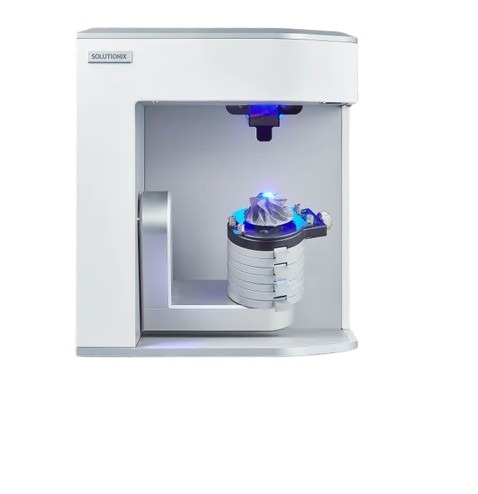3D Laser Scanning

3D laser scanning is a technology that uses lasers to capture the shape, size, and details of physical objects or environments in three dimensions. This process involves emitting laser beams onto the surfaces of objects, and the reflected signals are used to create a detailed and accurate digital representation. Here are key aspects of 3D laser scanning:
- Principle of Operation:
- Laser Beams: A laser scanner emits laser beams toward the object or environment being scanned.
- Reflection: The laser beams reflect off surfaces, and sensors in the scanner measure the time it takes for the laser to return.
- Data Collection: The collected data includes distance information, which is used to create a point cloud representing the object’s geometry.
- Types of 3D Laser Scanners:
- Terrestrial Scanners: Stationary devices placed on tripods for capturing large structures or environments.
- Handheld Scanners: Portable devices that can be moved around to capture details of smaller objects.
- Mobile Scanners: Integrated into vehicles or drones for scanning large areas quickly.
- Applications:
- Engineering and Manufacturing: Used for reverse engineering, quality control, and inspection of manufactured parts.
- Architecture and Construction: Captures detailed as-built conditions of structures and sites.
- Cultural Heritage Preservation: Documenting and preserving artifacts, sculptures, and historical sites.
- Surveying and Mapping: Producing highly accurate topographic maps and land surveys.
- Virtual Reality and Animation: Creating realistic 3D models for virtual experiences and animations.
- Advantages:
- Precision: Provides highly accurate and detailed representations of physical objects or environments.
- Efficiency: Rapid data acquisition compared to traditional surveying methods.
- Non-destructive: Does not alter the scanned object, making it suitable for delicate or valuable items.
- Versatility: Applicable in various industries for different purposes.
- Challenges:
- Data Processing: Handling and processing large datasets generated by 3D laser scanning can be computationally intensive.
- Line of Sight: Some surfaces may be challenging to capture due to obstructions or limited line of sight.
- Cost: High-end laser scanners can be expensive, although costs have been decreasing.
- Integration with Other Technologies:
- CAD (Computer-Aided Design): 3D laser scanning data is often imported into CAD software for further design and analysis.
- BIM (Building Information Modeling): Used in construction and architecture for creating detailed digital models of buildings.

